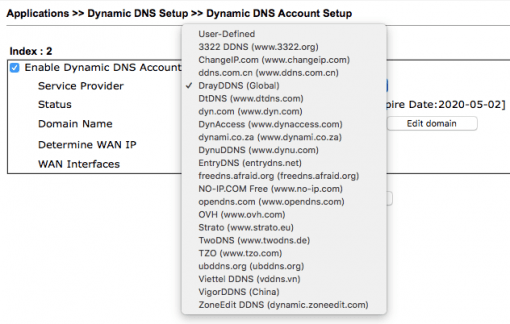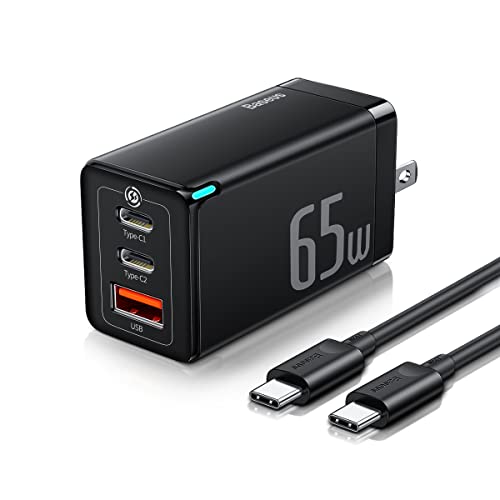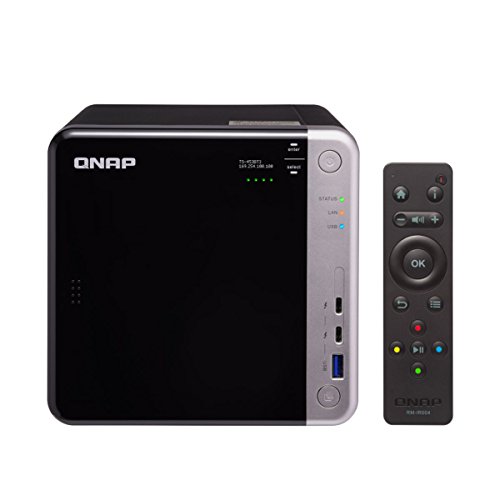The Domain Name System DNS is a directory of domain names on the Internet and their associated Internet addresses. One could also say it is a modern telephone directory.
In the past you searched for Doc Holiday in the phone book and saw he has the number 555 – 12345. Nowadays you simply enter google.com in the browser and the query of the server IP (the modern phone number) takes place automatically in a DNS server. The DNS server knows which server belongs to google.com and answers for example with 172.217.21.227.
The advantages for us users are obvious: it is easier to remember google.com as 172.217.21.227. Also technically it has advantages: since Google does not only operate one server but many, the requests can be distributed to different servers with different IPs, but are always reachable under the same URL.
To sum it up: the Domain Name Service (or server) simply assigns the IP of the corresponding computer to a domain name.
What is DDNS – Dynamic Domain Name System?
Now it is with private Internet connections in such a way that more frequently times your IP changes. You simply get one that is currently free. This is no problem for normal surfing, because your router knows which IP it owns.
There is a problem if you want to access your router while on the move, for example via VPN connection to surf safely a café with open WLAN or simply to make an online backup on a remote Synology. Because the IP you had yesterday may no longer be valid today.
The simple solution is a DDNS service. There you get an internet address like for example ichbins.festeadresse.io. With the DDNS service you register normally like with an eMail service and have afterwards password and name for your account and your URL. You can now enter this in your router. Good routers have a setting for different DDNS services. How it works for the FritzBox and DrayTek routers you can read here.
The technical process behind this is more than simple: simply every time your router gets a new internet address from your provider, it reports it to the DDNS service. The service simply keeps a record of the current IP address and forwards the requests directly to the router via your Internet address.





